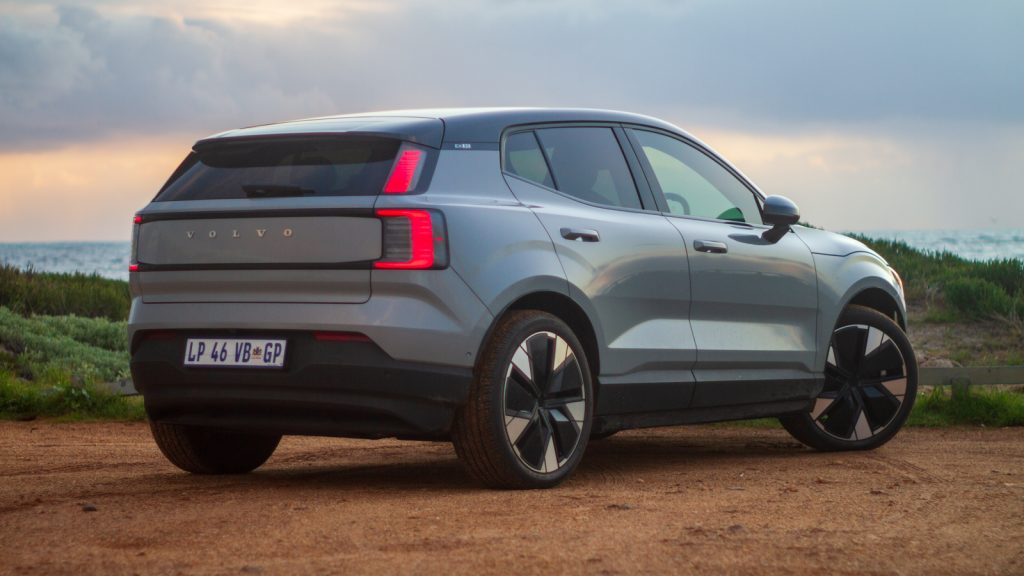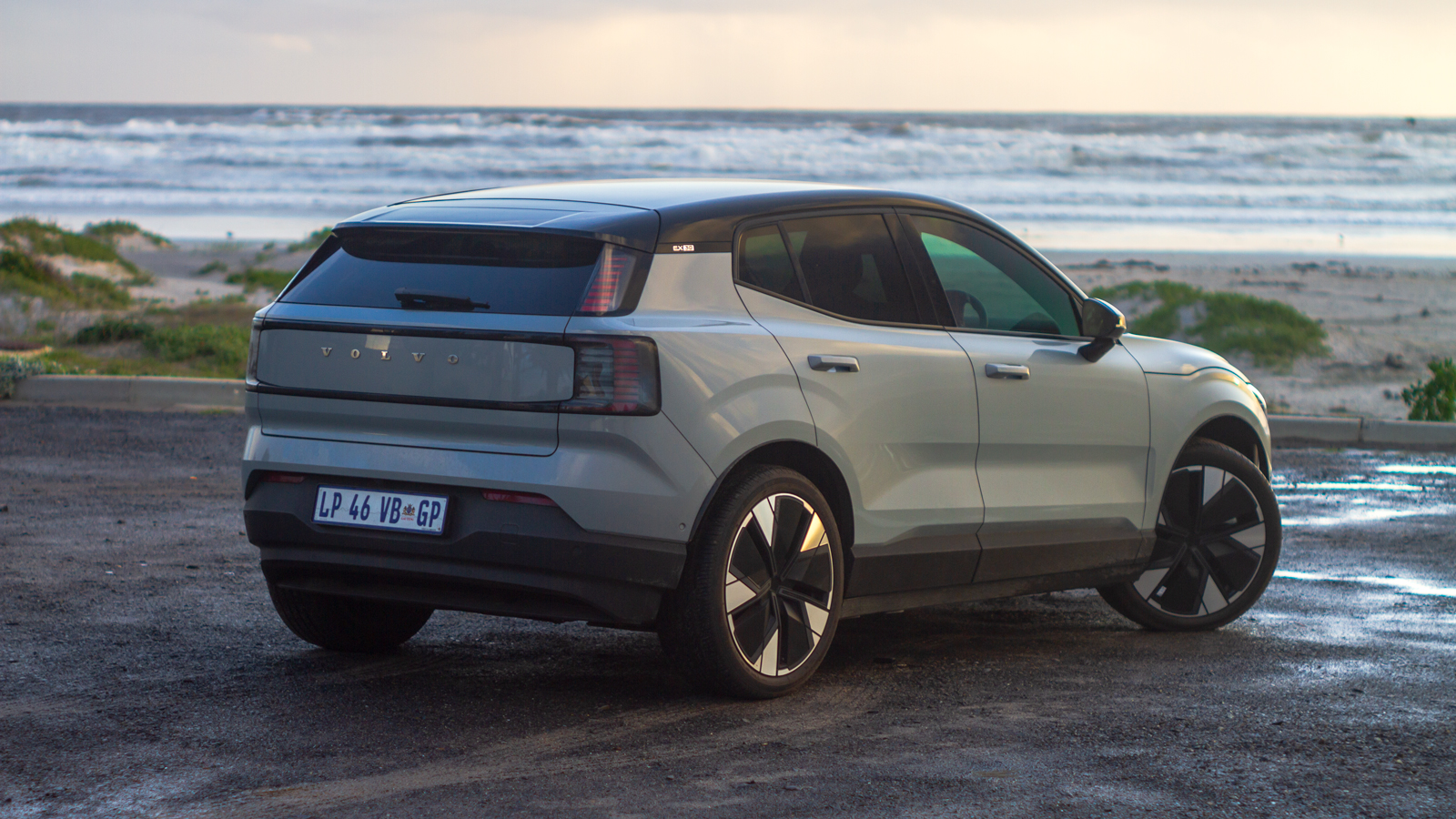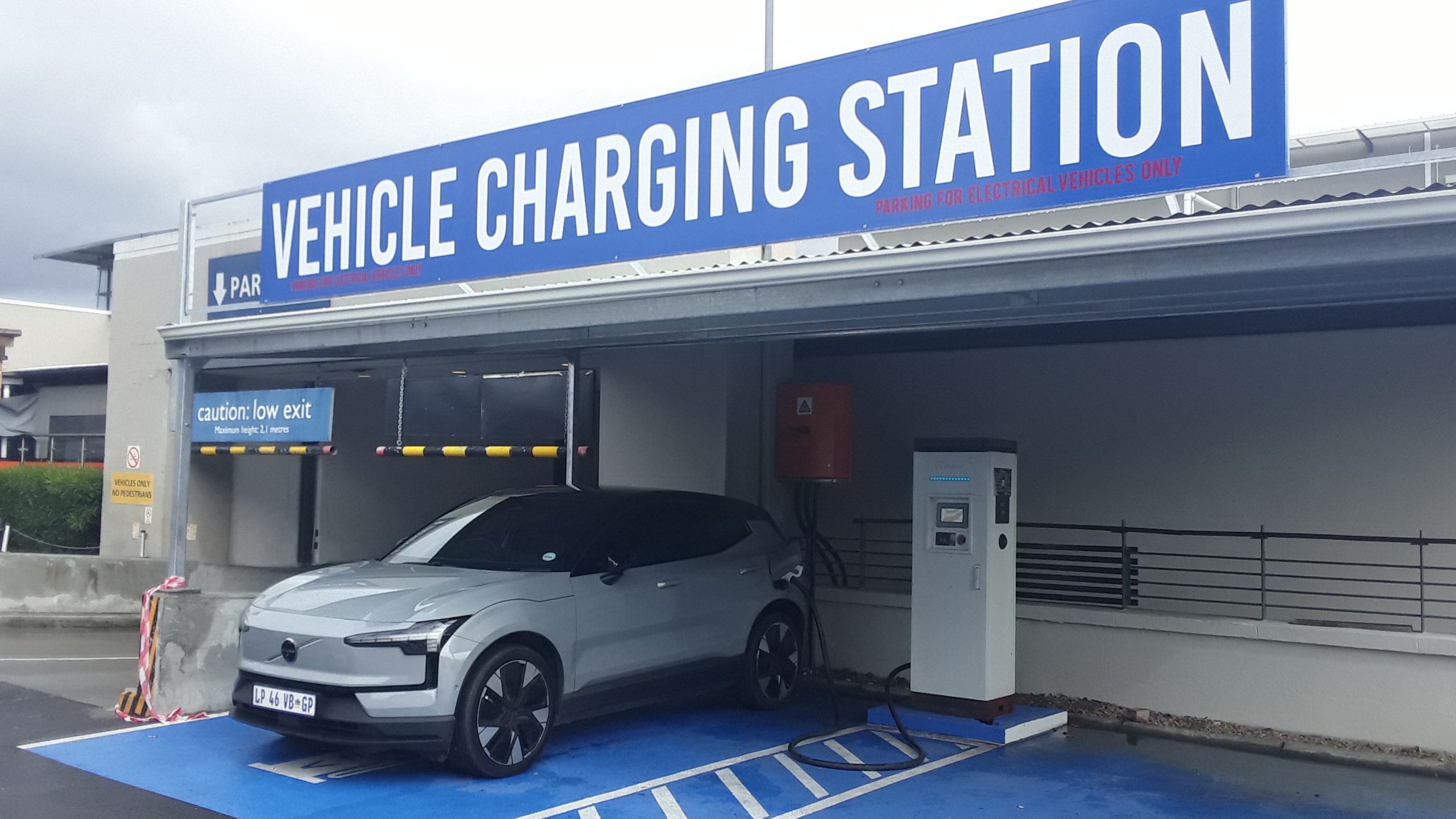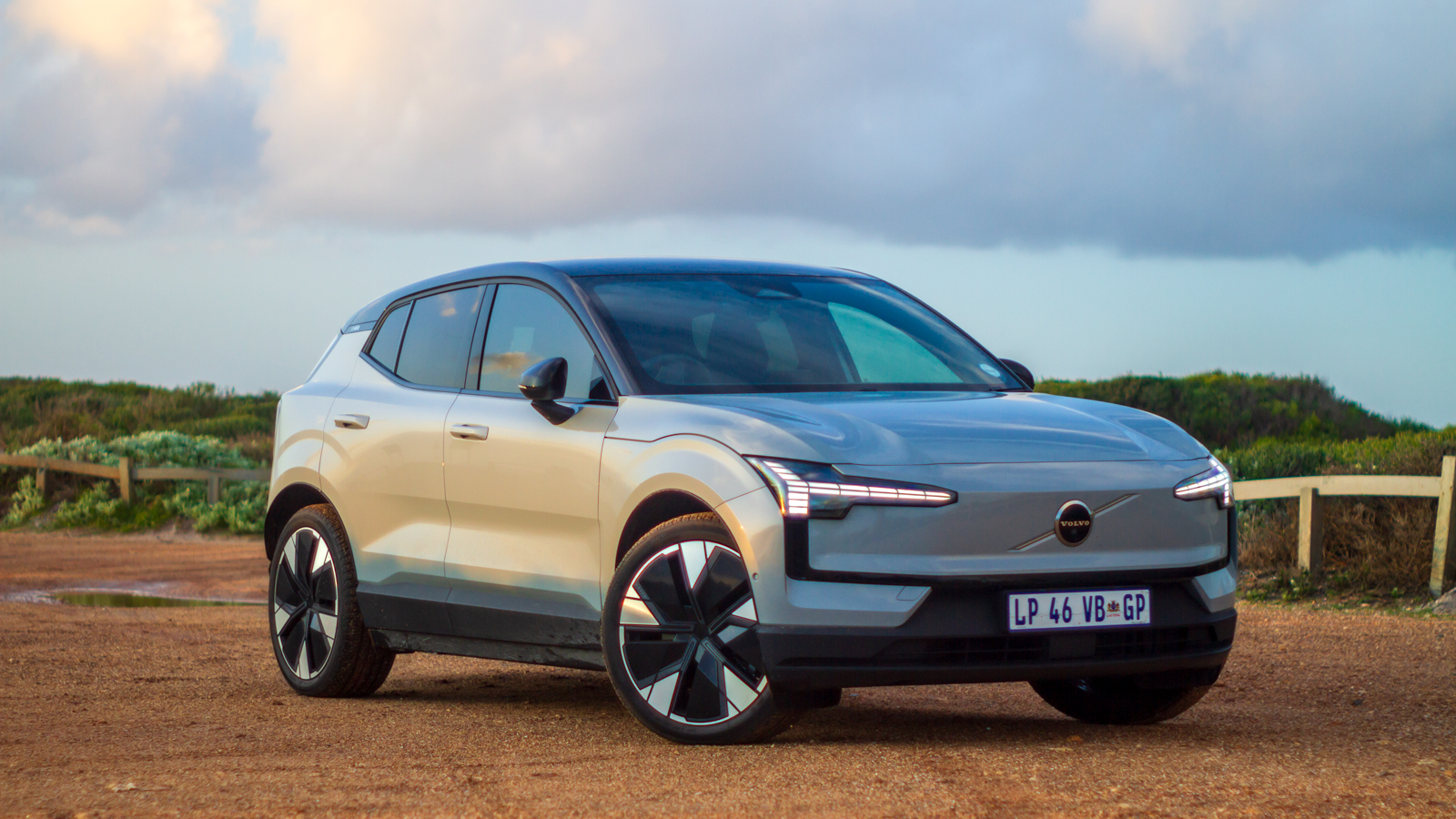Five years ago, launching a decent streaming platform took millions. Now? A teenager with a laptop can build something that reaches millions. That shift…
EX30 Twin Motor review

EX30 is Volvo’s sub-R1m EV offering. The Swedish brand has been a pioneering EV marketeer in South African, and this crossover model range is Volvo’s most affordable option for drivers who want battery power – and a lot of it.
At R995 900, the EX30 Twin Motor is priced below the psychological R1m barrier and offers much performance. There’s an even cheaper single motor version, just shy of R800 000- but if you scrutinize the specification sheet, Twin Performance is a lot of performance car for the money.
Two electric motors draw 315kW of peak power and 543Nm from the 64kWh battery, and promise immense performance. But this is a crossover-configured vehicle, so how does it serve the diverse needs of a South African driver who needs to do the urban commute – and venture beyond conventional routes for those weekend road trips?

EX30 is EV-specific
Engineered as an EV, instead of being built on a multi-powertrain platform, the EX30 range has several advantages. The exterior proportions and surfacing are terrific and typically Swedish.
There’s very little superfluous styling, with this Volvo EV featuring immaculate surfaces and considered proportions, creating a crossover that looks much better than overdesigned German rivals.
Cabin space is generous, with engineers and interior architects using the EV’s skateboard-type configuration to optimize cabin space and comfort. This is one of the EX30’s most underappreciated features: its exterior corner dimensions are compact enough to make town driving and parking easy. However, it feels massive inside – because engineers have optimized the floorspace utilization.

Daring to be too different
The interior might be spacious, but it does feature too much futurism. Unlike Volvo’s C40 Recharge, the EX30 is built in China, not in Europe. And it uses a very different assortment of cabin materials. EVs have allowed designers to experiment and move away from traditional cabin trim, which is laudable. However, some EX30’s door card materials and other trim don’t feel like premium Volvo.
And then there are the seats. For decades, seats have been a Volvo selling point: ergonomic, terrifically comfortable even after hours of driving, and excellently padded. However, the EX30 seats are shallow and narrow and don’t feature the comfort or padding pattern that Volvo owners are familiar with. I’m 1.8m and 80kg, with a lean build, and even I found the seat side bolsters a touch too snug.
The most polarising aspect of this Volvo EV’s interior design is how its control functions have been consolidated into the infotainment screen. There are no dials, buttons, or tabs. If you want to control the power windows, that’s a touch function on of the centre armrest. Everything else is in the infotainment system. And that means sub-menus.

Systems overload
Anyone who is technophobic won’t deal with this Volvo’s UX. It is a car for futurists. I had no issue with Volvo consolidating functions into the information screen. Tesla’s been doing this for a long time, and its customers are happy with the outcome. The problem is how active and invasive this Volvo’s driver assistance systems (ADAS) are.
Volvo has been a champion of active safety. However, the issue with EX30 Twin Motor is that it defaults to an annoying state of peak-ADAS each time you restart it. And no: you can’t load personal setting preferences and store them in a driver profile, which is bizarre for a car with such an advanced UX system.
What’s the issue with the default ADAS? It’s wildly oversensitive for South African road and traffic conditions. The lane assistance, collision avoidance interventions and driver alertness warnings are maddeningly invasive.
You can deactivate these after you start the EX30. It’s three taps on a second-level menu in the infotainment system, but it’s so annoying having to do that each time you get in to drive. When you’re in a hurry and forget, it’s a cacophony of alerts the moment you start moving into traffic. Surely, giving owners the option of saving their lane assist, driver alert and collision avoidance preference in a driver profile, should be a simple OTA upgrade?

EX30 Charges fast
Reenergizing the battery pack isn’t an issue if you can access DC fast chargers. If available, Volvo has engineered its sub-R1m EV crossover to access up to 153kW of peak charging. I used a standard high-capacity GridCard charger and getting from 20% to full charge in well under an hour is very easily achievable.
Range? It’s always a contentious issue with any EV. Volvo claims 450km, but the Twin Motor’s real-world driving range is more realistically between 370- and 400km. Still terrifically usable for urban driving, even if you are one of those Gauteng-base professionals commuting 100km daily roundtrips.

Goes even faster
There aren’t many cars under R1m, with this Volvo EV’s depth of performance. It might be heavy (as all EVs still are), but with 315kW of power, the throttle response is immediate and potent. Despite the Twin Motor’s near 2t kerb weight.
You never doubt whether there is a safety margin at any traffic circle or when changing lanes in traffic. EX30 Twin Performance delivers such an instantaneous surge of performance that any repositioning of the car, or overtaking of other vehicles, is completed with a very significant margin of safety.
From the steering wheel shape and geometry, to the suspension calibration, Volvo has done a terrific job of making this crossover EV engaging to drive. Having so much power available can easily overwhelm other aspects of the dynamic driving experience. Still, Volvo has blended the needs of ride comfort (crucial on South Africa’s diverse road surfaces), and the sheer stability and agility that creates true high-speed driving confidence.

It’s the future – nearly
Volvo’s boldly configured EX30 Twin Motor looks amazing, and offers staggering real-world performance, reasonable range, and abundant tech. However, it needs some refinement of its ADAS UX, and, in the South African context, it would be an even better car without the standard sunroof or those 20-inch wheels.
An upgrade to the ADAS sensitivity and smaller wheels with larger volume tyres, will make this Volvo even better to drive and own. Panoramic sunroofs are always a mistake with a fabric shade for markets with intense summers, like South Africa. And in this Volvo, the sunroof is a redundant feature, which will be annoying in summer.
At the price, Volvo’s EX30 is a very competent core crossover EV with abundant real-world speed. It just needs some UX refinement, a solid metal roof, more comfort-orientated tyre sizing, and the seats from a C40 Recharge or XC40.


